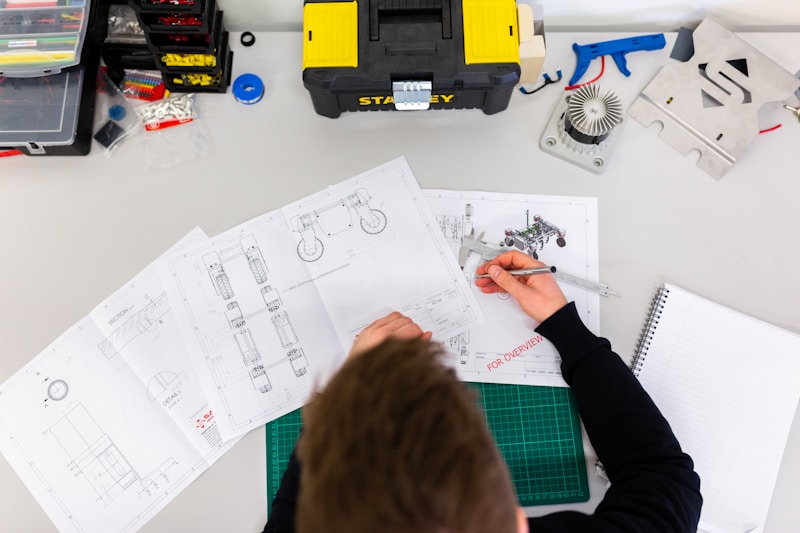11 Questions
According to Ohm's law, the current is proportional to the electric field.
True
The Drude model treats electrons like pinballs bouncing among the ions that make up the material.
True
According to the Drude model, the average drift velocity of electrons is proportional to the electric field.
True
Ohm's law is always obeyed by all materials under any electric field.
False
Which equation represents Ohm's law?
$V = IR$
What does Ohm's law state about the resistance in the relation?
The resistance is constant, independent of the current.
What are materials that do not obey Ohm's law called?
Non-ohmic materials
Who conducted experiments with Leyden jars and glass tubes filled with salt solution to measure the current in 1781?
Henry Cavendish
Who delineated 'intensity' (voltage) and 'quantity' (current) for the dry pile in 1814?
Francis Ronalds
Who published the book 'Die galvanische Kette, mathematisch bearbeitet' in 1827?
Georg Ohm
Who proposed the first (classical) model of electrical conduction, the Drude model, in 1900?
Paul Drude
Study Notes
Ohm's Law
- Current is directly proportional to the electric field, as described by Ohm's law.
- Ohm's law is represented by the equation: V = IR, where V is voltage, I is current, and R is resistance.
- Resistance is constant under a given temperature and material conditions in the context of Ohm's law.
- Materials that do not obey Ohm’s law are referred to as non-ohmic materials.
The Drude Model
- The Drude model conceptualizes electrons as particles interacting elastically, akin to pinballs among ions.
- In this model, the average drift velocity of electrons is directly proportional to the electric field applied.
Historical Contributions to Electrical Theory
- In 1781, experiments using Leyden jars and glass tubes filled with salt solution to measure current were conducted by Luigi Galvani.
- In 1814, Alessandro Volta characterized 'intensity' (voltage) and 'quantity' (current) for the dry pile.
- Georg Simon Ohm published 'Die galvanische Kette, mathematisch bearbeitet' in 1827, contributing foundational knowledge to electrical circuit theory.
- The Drude model of electrical conduction was proposed by Paul Drude in 1900, marking a significant advancement in understanding electron behavior in materials.
Test your knowledge of Ohm's law and its mathematical equations with this quiz. Explore the relationship between current, voltage, and resistance and see how well you understand this fundamental concept in electrical engineering.
Make Your Own Quizzes and Flashcards
Convert your notes into interactive study material.




